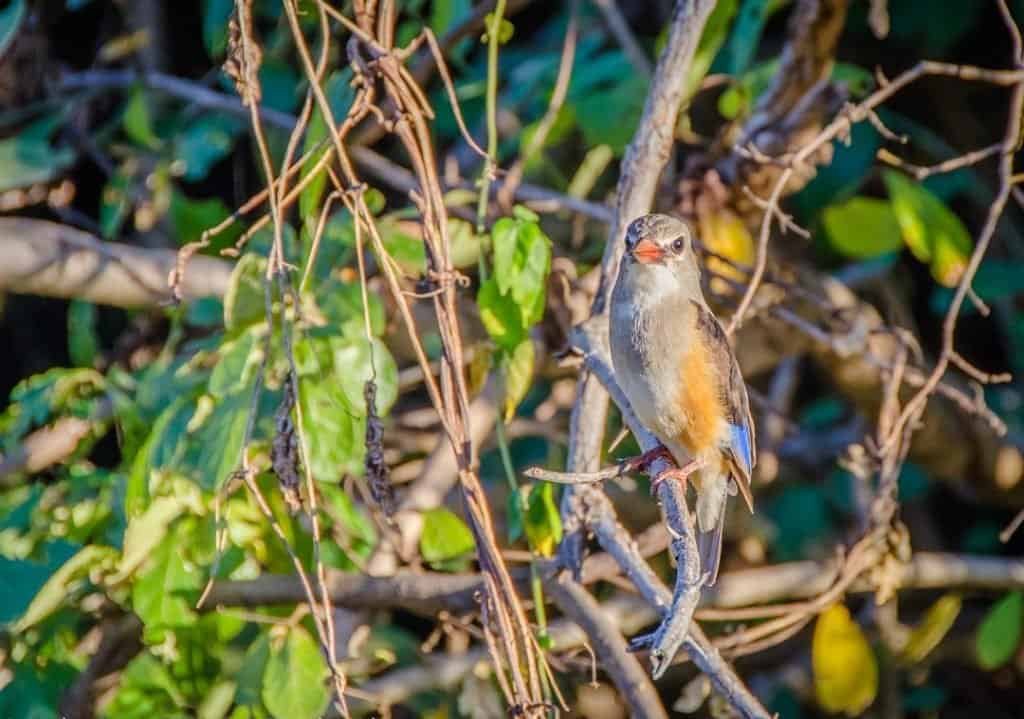South Luangwa National Park deserves its reputation as one of the best safari destinations in Africa; a real wilderness but boasting a high density of wildlife. With recent estimates of over 40,000 elephant, a wealth of other animals and excellent predator sightings – including leopard – it is hard to understand why visitor numbers are relatively low. But of course that just adds to the appeal. With walking safaris and night drives also on offer and accommodation to suit every budget, you should seriously consider making South Luangwa National Park your next destination.
Introduction
Many safari experts would say that South Luangwa is one of the greatest wildlife sanctuaries in the world, and it’s hard to disgree. The combination of true wilderness with a high concentration of animals – especially around the Luangwa River – attracts the discerning traveller, but visitor numbers are low and the national park remains something of a hidden gem.
The ‘walking safari’ originated here and is still one of the finest ways to experience Africa’s pristine wilderness first-hand. Your accommodation can probably arrange a night game drive too, which is an exciting variation on a theme.
I visited in May 2018 but unfortunately only had a few days to explore. You can read about my trip when I was based at Flatdogs Camp right outside the park border.
About South Luangwa National Park
South Luangwa National Park was founded in 1972 and sprawls over Northern, Eastern and Central Zambia. It covers an area of 9,050 sq km – which if you are looking for a comparison is almost exactly the size of Cyprus. Does that help? Probably not, but there you go…
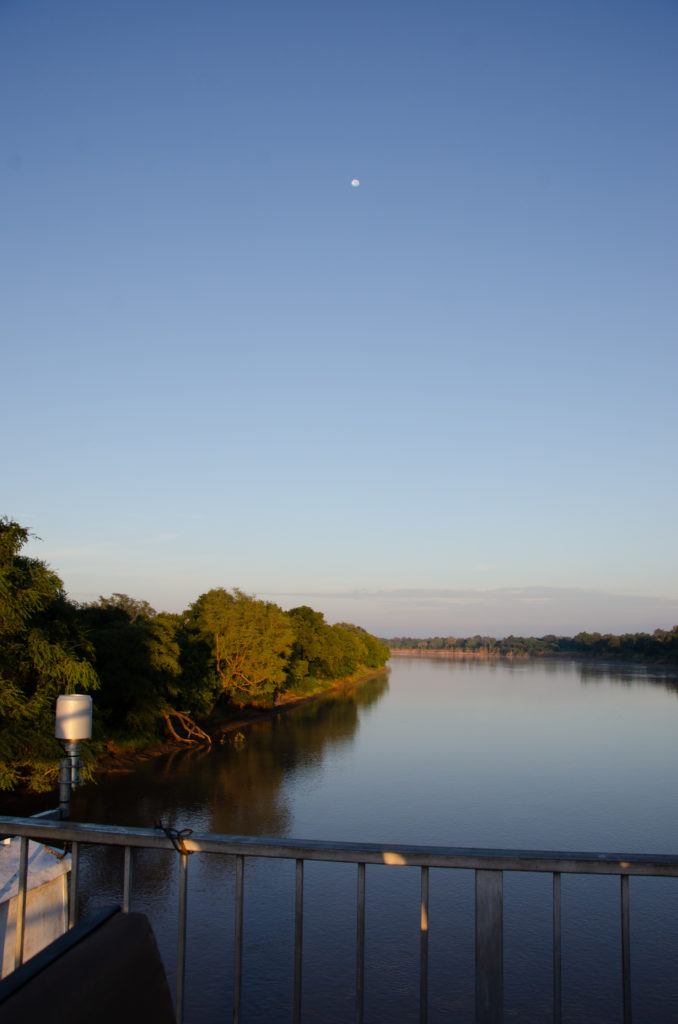
The Luangwa River is the most intact major river system in Africa and is the life-blood of the park. The valley is home to an astonishing diversity of life.

The changing seasons add to the Park’s richness, ranging from dry, bare bushveld in the winter, to a lush, green wonderland in the summer months.
Wildlife
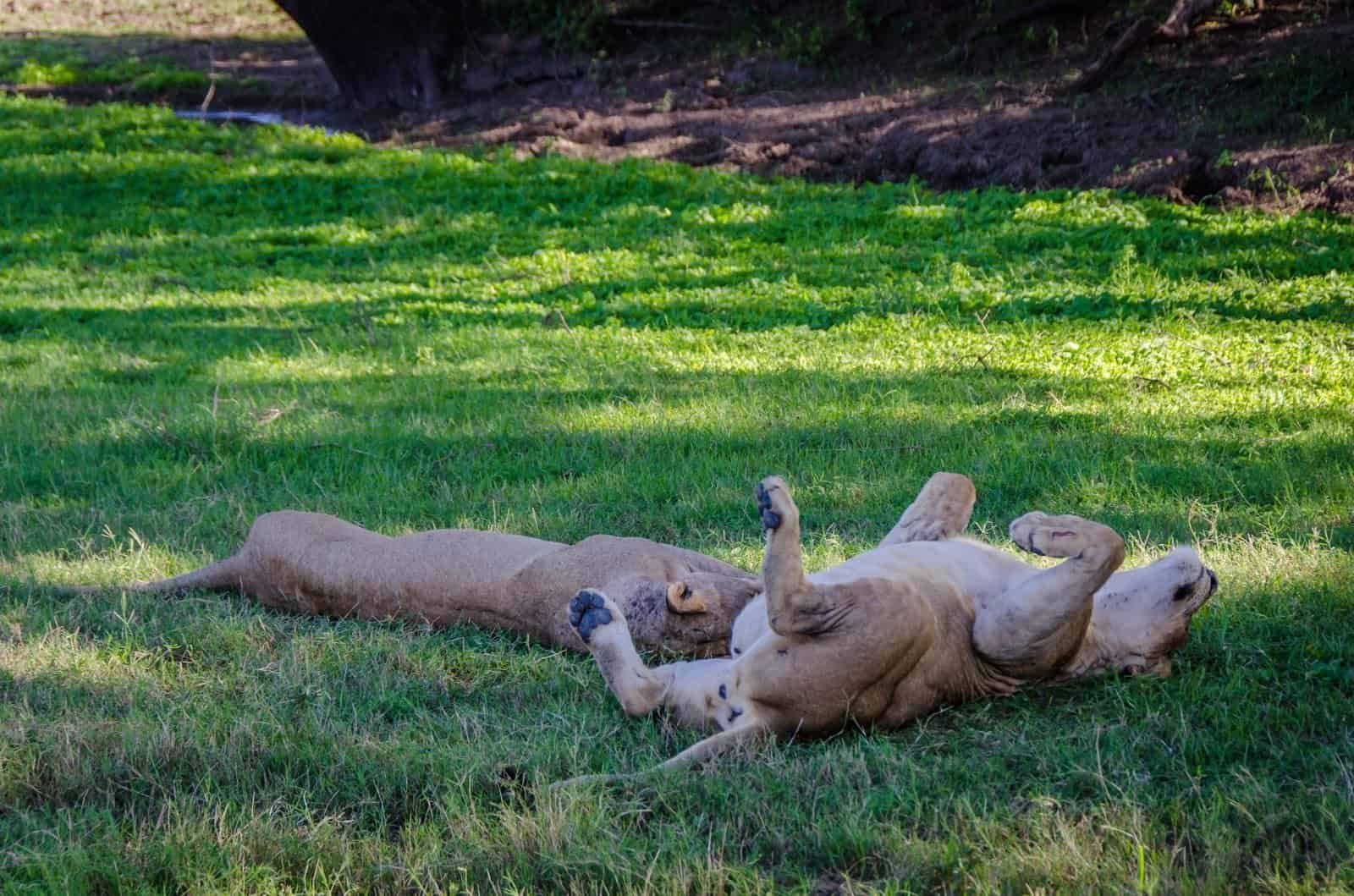
There are 60 different animal species in South Luangwa National Park. The only notable exception is the rhino, sadly poached to extinction.

Elephant and buffalo are numerous with both having the freedom to wander throughout the conservation areas surrounding the park, and the park itself. Antelope, especially impala, bushbuck and puku, are also present in large numbers, thus providing plenty of on the hoof take away for the predators of the valley!

The main predators in the Luangwa Valley are lion, leopard, spotted hyena and wild dog. Lion, hyena and leopard are commonly seen with wild dog numbers on the increase.
The South Luangwa is renowned as being the place to see leopard. They hunt nocturnally, and South Luangwa is one of Africa’s few national parks to allow spotlit night drives. Leopard have become used to vehicles and continue hunting and feeding in their presence, leading to the outstanding sightings visitors can here.
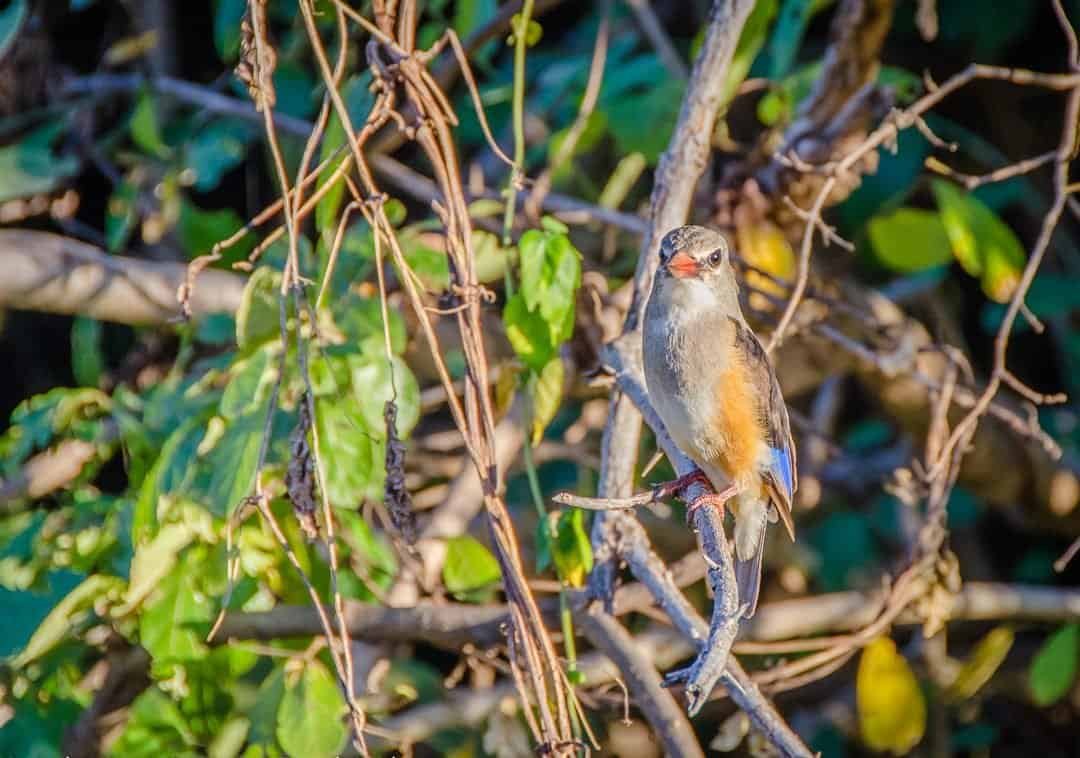
Birdwatchers will love it too, there are over 400 species here. It is not unusual for twitchers to travel from afar to the Luangwa just to try to spot a particular bird. I should know – I met one from Australia whi had done just that.
Landscape
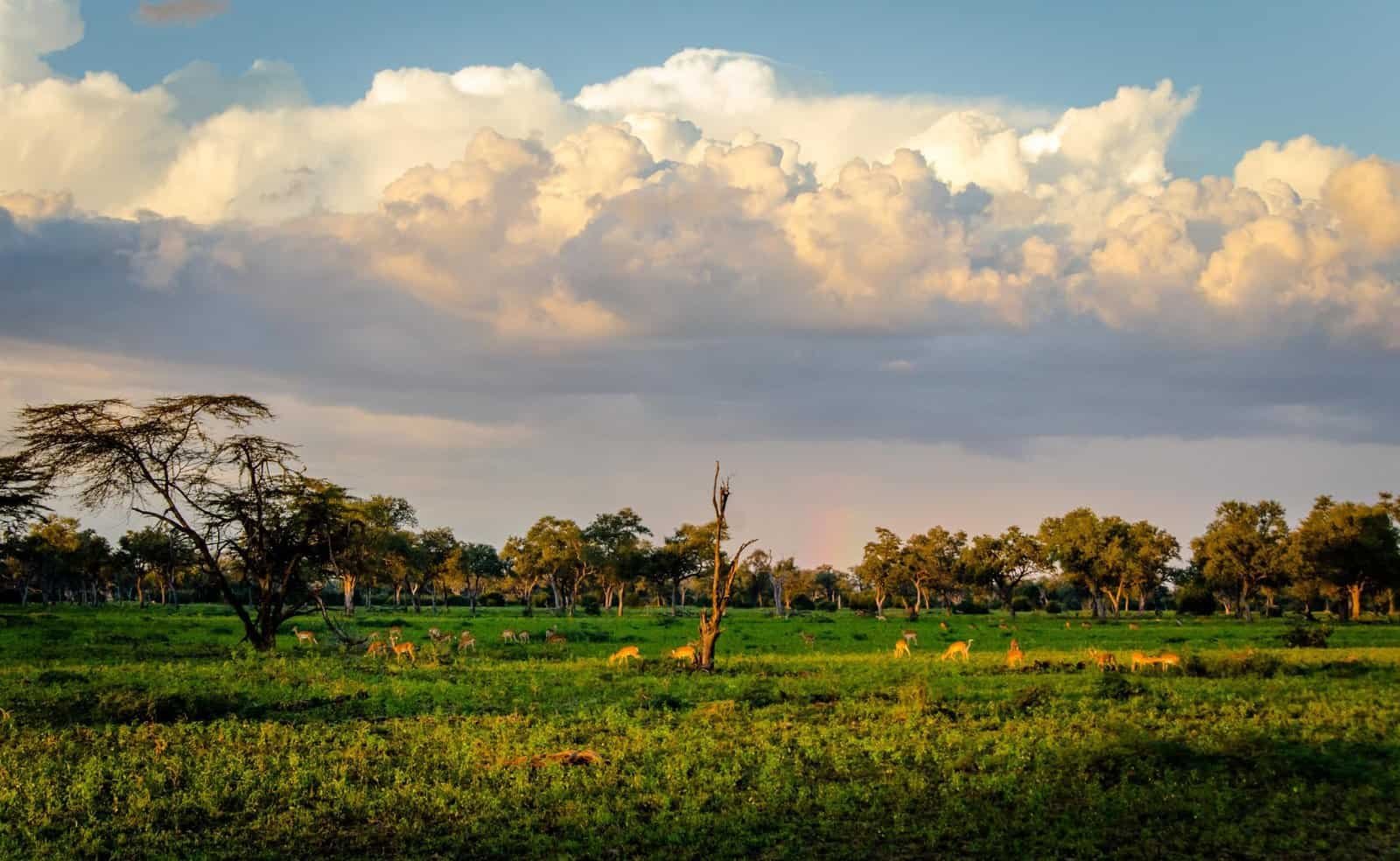
South Luangwa National Park ranges from 500m to 800m above sea level, so the landscape is predominantly flat. Near the river you will find mature woodlands suddenly opening up to grasslands with beautiful tall trees some distance apart. There are also larger plains with tall grasses and bushes in other areas.
Among the more common trees in the valley are the mopane, leadwood, winterthorn, the tall vegetable ivory palm, the marula and the magnificent tamarind tree. The are some magnificent baobab specimens and a few large ebony forests to admire.
Oh and there are 2,000 types of plants including many stunning wildflowers.
Accommodation
No matter where – and how – you want to lay your head, South Luangwa has something for you. Accomodation options run from unserviced sites for self-drivers through camping to luxurious lodges and remote bush camps.
The best idea is to tell us what you are looking for and we’ll find the right place for you.
Game drives
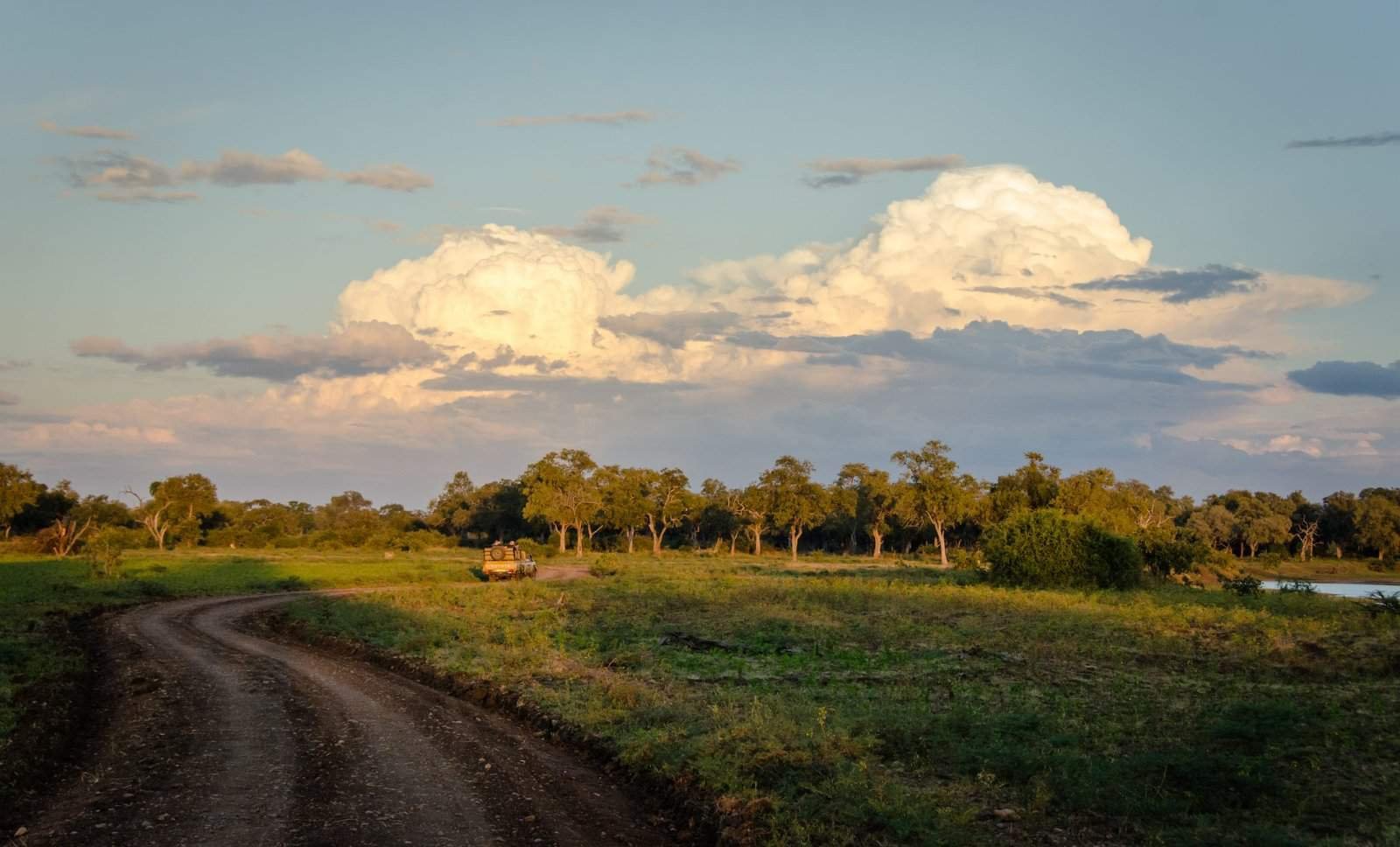
Zambia has some of the best guides in Africa and many can hold their own with those in Zimbabwe (this is high praise indeed).
South Luangwa offers two ways of spotting wildlife that are not always possible in other parks – walking safaris and night game drives.
I managed to experience both and you can read about the fun I had in the aforementioned trip report from Flatdogs Camp.
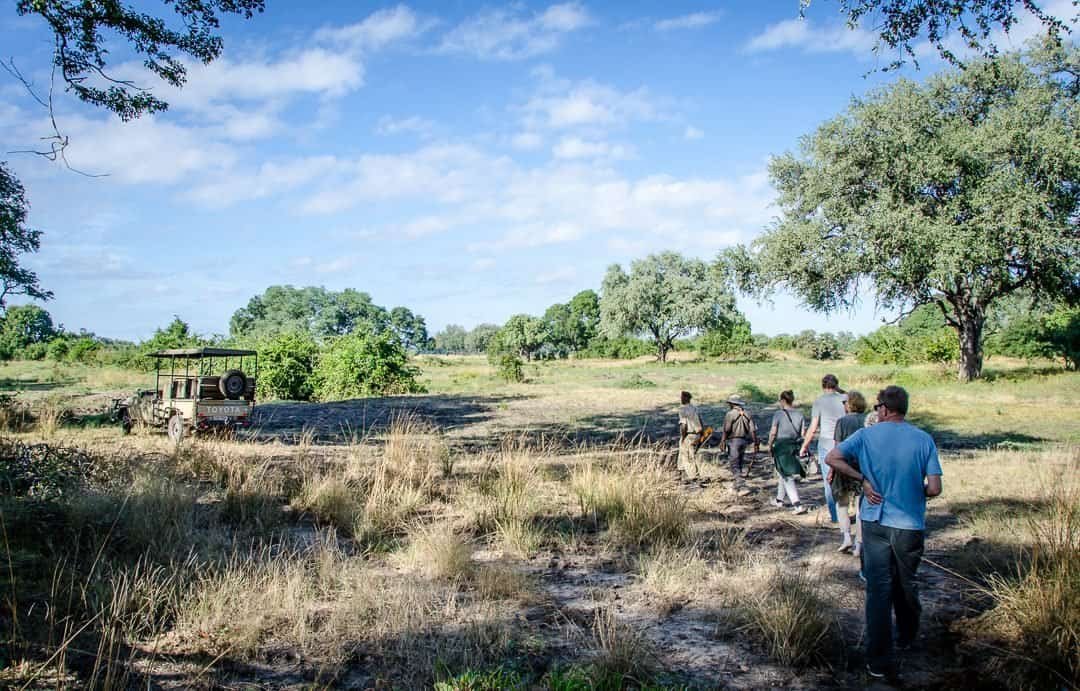
Walking safaris started here and guides will show you the wonders of nature at close range. You’ll learn about tracks and flora and will meet smaller animals and probably see larger ones from a safe distance.
A night drive in the pitch dark, with a guide using a powerful spotlight to find wildlife is something you won’t forget in a hurry, too.
Self-drivers?
As usual, this section is not to encourage potential self-drivers, but more to let you know if you are likely to meet plenty of vehicles driven by tourists. There is nothing wrong with this, but many self-drivers don’t follow the same etiquette as the guides do.
The park is open to self-drivers, but you won’t see many – especially away from the gates and further into the bush.
Conclusion
South Luangwa National Park deserves its reputation as one of the best safari destinations in Africa; a real wilderness but boasting a high density of wildlife. With recent estimates of over 40,000 elephant, a wealth of other animals and excellent predator sightings – including leopard – it is hard to understand why visitor numbers are relatively low. But of course that just adds to the appeal. With walking safaris and night drives also on offer and accommodation to suit every budget, you should seriously consider making South Luangwa National Park your next destination.
[Thanks to Zambia Tourism and Flatdogs Camp for much of the factual information in this article]

